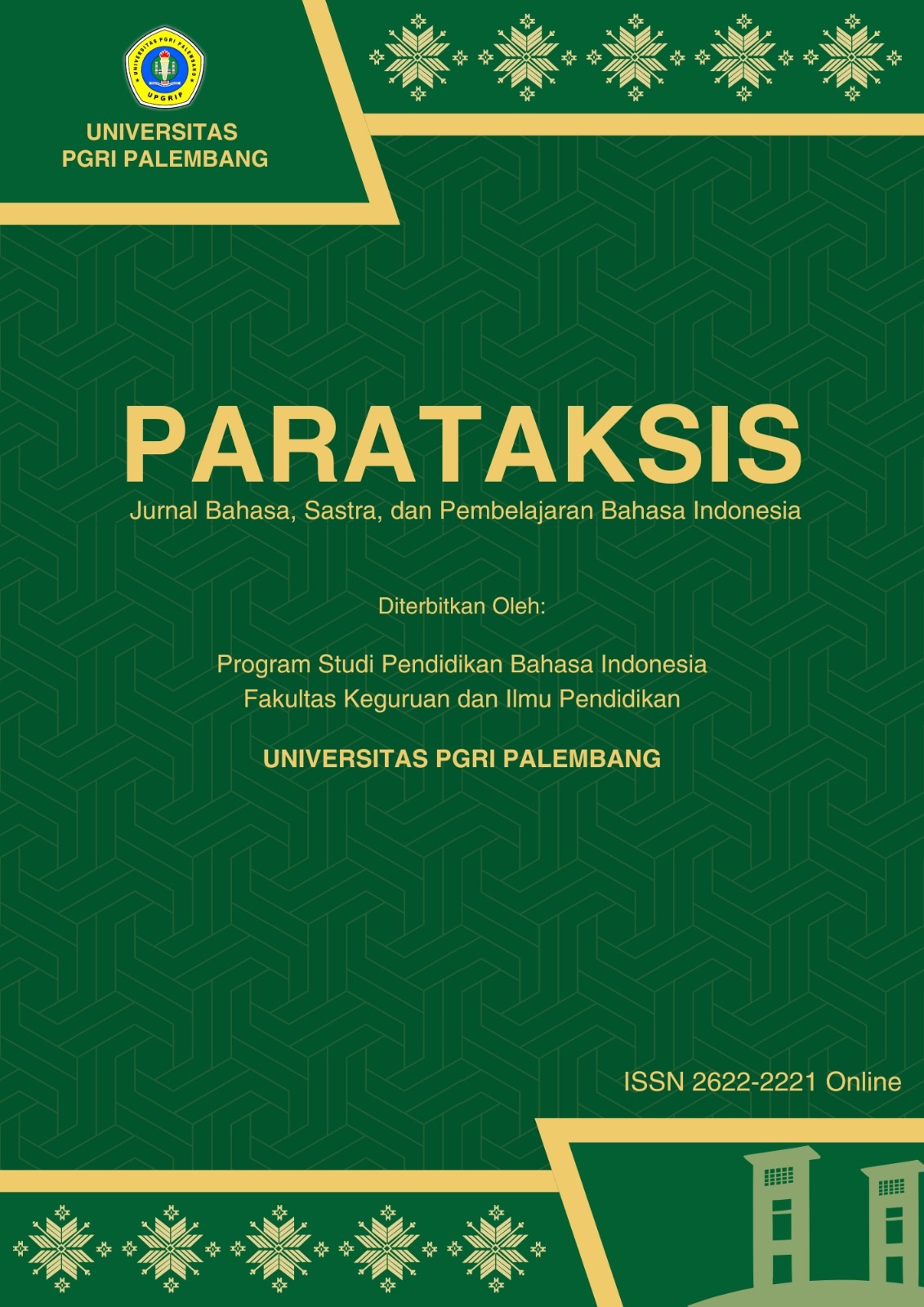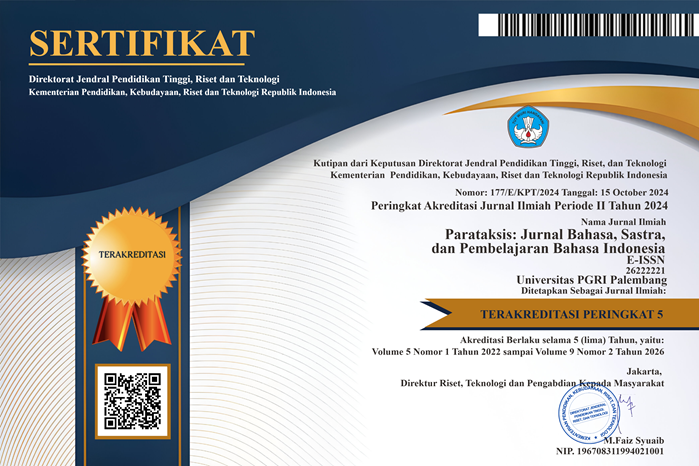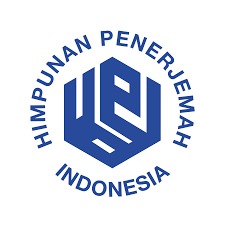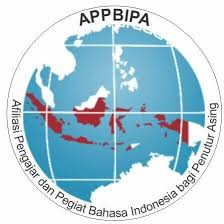FRASA EKSOSENTRIK PADA FILM LEA DIHAPOGOSON DALAM BAHASA BATAK TOBA
DOI:
https://doi.org/10.31851/parataksis.v8i1.17954Abstract
ABSTRACT
This research aims to analyze the use of exocentric phrases in the film Lea di Hapogoson using a note-taking and film-watching method approach. Exocentric phrases refer to the construction of phrases that are not centered on one core element, thereby creating a freer and more dynamic structure in the sentence. This research identifies two divisions of exocentric phrases, namely directive and non-directive exocentric phrases, each of which functions to indicate direction or goal (directive) and phrases that do not have a clear goal or direction (non-directive). Directive exocentric phrases were found to be used more frequently in the context of dialogue that directs or gives orders, while non-directive phrases were more dominant in the context of casual or reflective conversation. This discussion also includes syntactic analysis to understand the relationship between elements in phrases and their influence on the storyline and characters. It is hoped that the research results can make a significant contribution to understanding the structure of the Toba Batak language, as well as enrich linguistic studies regarding the use of exocentric phrases in audio-visual media.
ABSTRAK
Penelitian ini bertujuan untuk menganalisis penggunaan frasa eksosentrik dalam film Lea di Hapogoson dengan pendekatan metode catat dan menyaksikan film. Frasa eksosentrik merujuk pada konstruksi frasa yang tidak berpusat pada satu elemen inti, sehingga menciptakan struktur yang lebih bebas dan dinamis dalam kalimat. Penelitian ini mengidentifikasi dua pembagian frasa eksosentrik, yaitu frasa eksosentrik direktif dan non-direktif, yang masing-masing berfungsi untuk menunjukkan arah atau tujuan (direktif) serta frasa yang tidak memiliki tujuan atau arah yang jelas (non-direktif). Frasa eksosentrik direktif ditemukan lebih sering digunakan dalam konteks dialog yang mengarahkan atau memberi perintah, sementara frasa non-direktif lebih dominan dalam konteks percakapan santai atau reflektif. Pembahasan ini juga mencakup analisis sintaksis untuk memahami hubungan antar elemen dalam frasa dan pengaruhnya terhadap alur cerita dan karakter. Hasil penelitian diharapkan dapat memberikan kontribusi signifikan dalam pemahaman struktur bahasa Batak Toba, serta memperkaya kajian linguistik tentang penggunaan frasa eksosentrik dalam media audio-visual.
Downloads
Published
Issue
Section
License
Copyright (c) 2025 Maretha Damai Simanjuntak, Dairi Sapta Rindu Simanjuntak, Winda Pramesti Naibaho

This work is licensed under a Creative Commons Attribution-ShareAlike 4.0 International License.
















